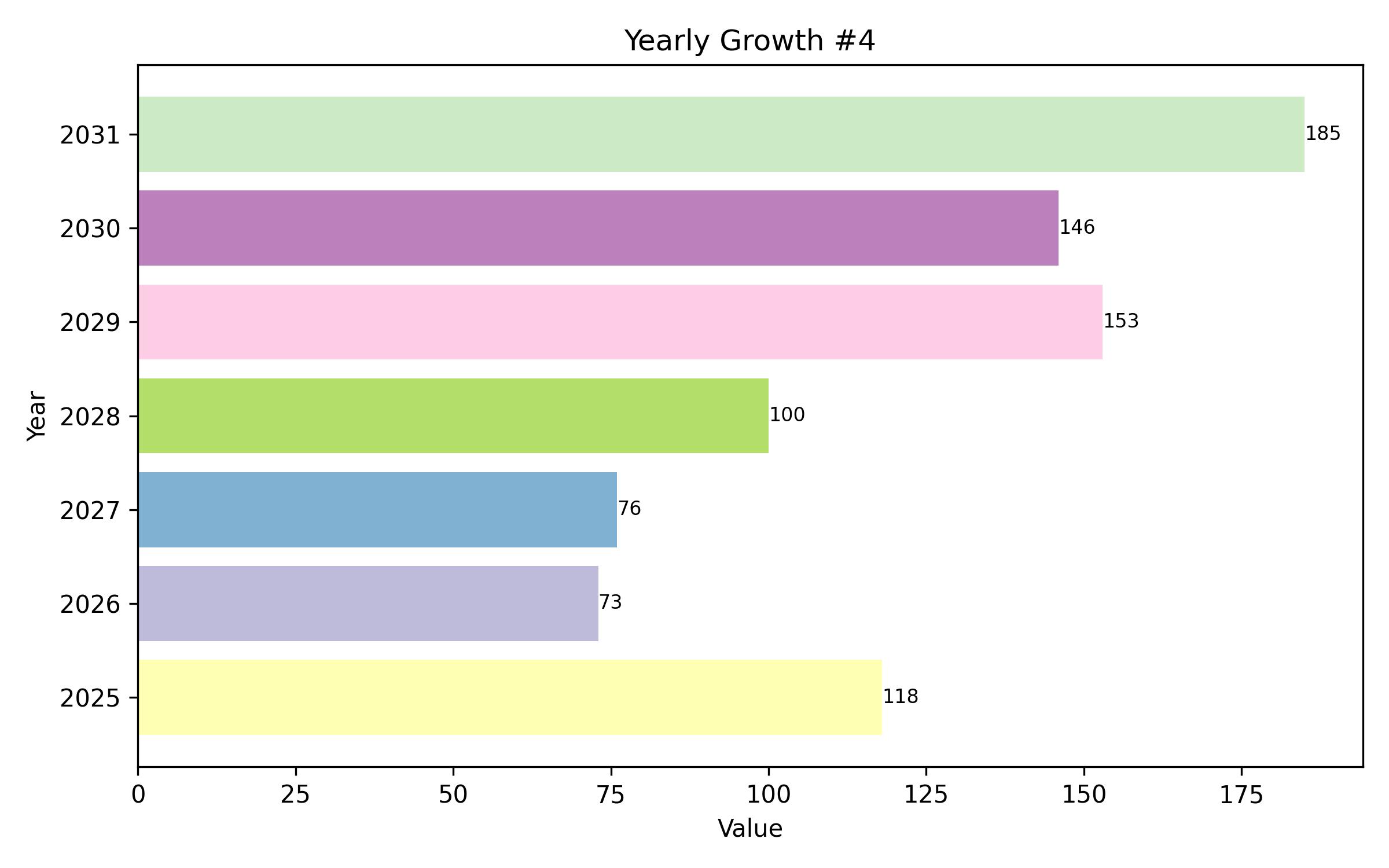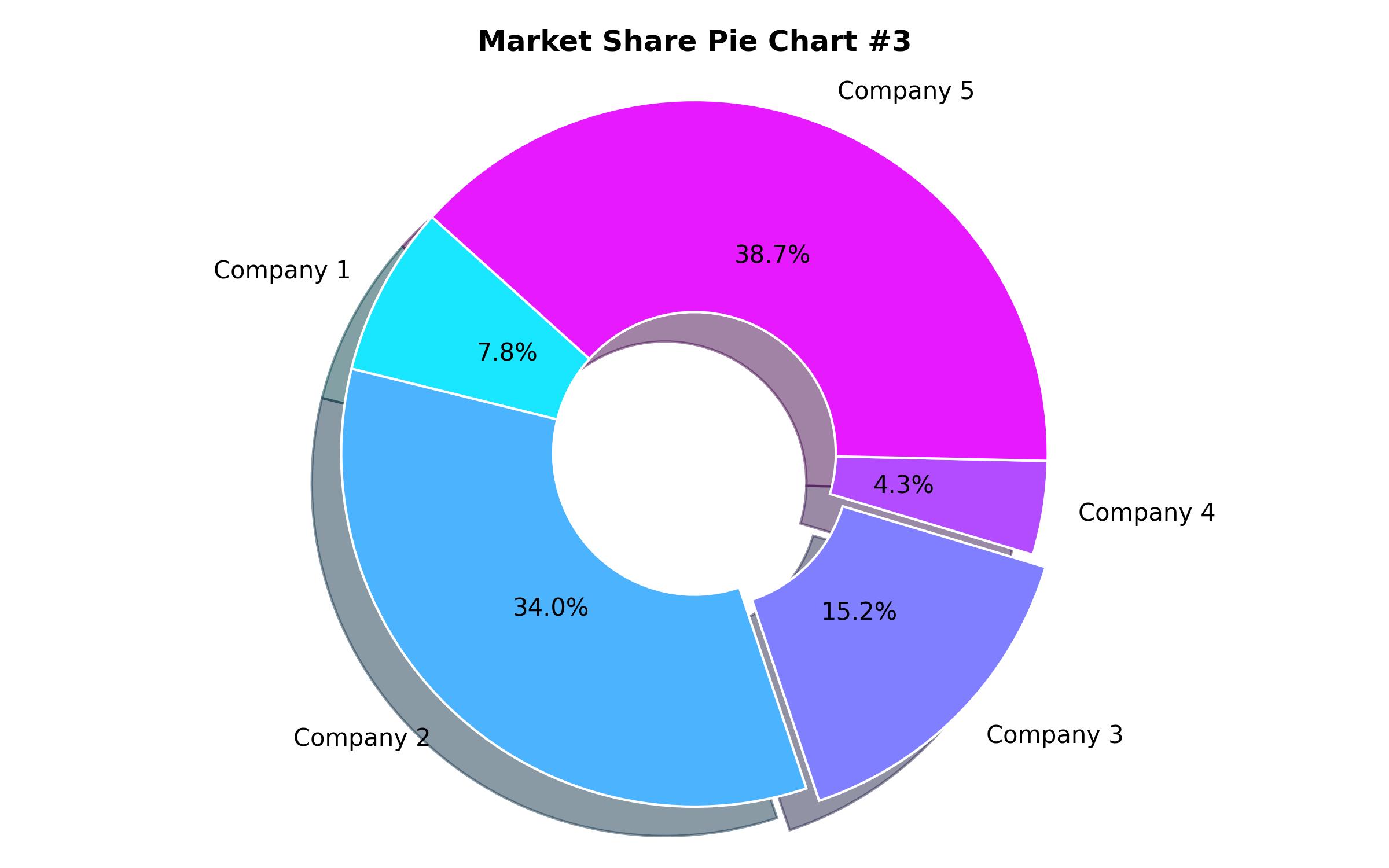Astaxanthin Market Analysis: Future Trends and Industry Forecast to 2035
Overview:
The global market for astaxanthin was valued at approximately USD 305 million in 2025. Projections indicate substantial growth, with the market expected to reach around USD 740 million by 2035, exhibiting a compound annual growth rate (CAGR) of 9.4% from 2025 to 2035.
Astaxanthin’s market expansion is significantly driven by its wide range of applications across several key industries. These include aquaculture, animal feed, nutraceuticals, cosmetics, pharmaceuticals, and the food and beverage sector. As a powerful naturally occurring pigment, astaxanthin is particularly valued for its ability to enhance the visual appeal and nutritional content of seafood products, notably salmon, trout, and shrimp.
Within the aquaculture sector, astaxanthin is not only used for pigmentation but also plays a crucial role in boosting fish health, strengthening their immune systems, and increasing their resilience to diseases. The growing emphasis among fish farmers on adopting sustainable and organic practices has stimulated greater investment from manufacturers in developing eco-friendly and innovative astaxanthin production methods to cater to environmentally conscious consumer demands.
Leading companies in the market are strategically investing in expanding their production capacities and introducing new products enriched with astaxanthin to meet the increasing market demand. For instance, companies like Algalif and Beijing Gingko Group have expanded their facilities to ensure a consistent and environmentally sound supply of high-quality astaxanthin.
The widespread adoption of advanced photobioreactor systems, particularly closed production methods, has become standard practice. These systems enable producers to achieve higher operational efficiency while minimizing their environmental footprint. Key market players are leveraging these technological advancements and strategic initiatives to ensure a stable supply of astaxanthin and explore new potential applications across various industries.
Market growth is further propelled by rising consumer interest in natural and clean-label products. A significant number of consumers are opting for natural astaxanthin sourced from microalgae, preferring it over synthetic alternatives due to its perceived superior health advantages and environmental benefits.
Today’s health-conscious consumers are increasingly seeking products that support immune function, offer anti-inflammatory benefits, and contribute to overall well-being. This focus on health and wellness is boosting demand for astaxanthin in both dietary supplements and functional foods. The cosmetics industry also shows increasing interest in astaxanthin for its skin health and anti-aging properties, fueled by advancements in biotechnology and product development.


